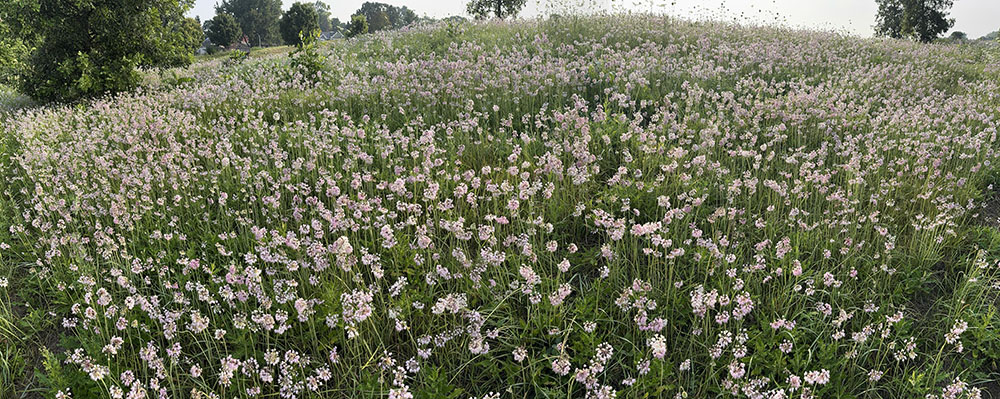
A Summer Bouquet!
September 7, 2025 | Topics: Stories
By Eddee Daniel
It’s officially fall. (I am among those who believe fall begins on Labor Day, equinox be damned.) And although the cool nights lately do make it feel like fall, the colors have yet to change out of their summer greens. Which means it’s a perfect time to take a look back at some of the places I’ve visited over the summer in our wealth of nature in Southeast Wisconsin. Places that didn’t make it into a blog post of their own.
“Earth laughs in flowers.” ~ Ralph Waldo Emerson
Our theme is flowers and fungi. It was a great summer for both. The fungi likely because we had a particularly wet summer—even before the great flood. As you will see, I came across not only a great variety of fungi, but also many that I’ve never encountered before. As always, one of our goals is to introduce you to a wide variety of parks and preserves in the hope that you’ll be inspired to explore some of them yourselves. Although some are well-known favorites, I’m sure you’ll find at least a few that you’ve never heard of or been to. Links in the captions will take you to additional information about the places—and more photos, because a single image is never enough to capture the essence of a place.
The images unfold in approximate chronological order so that the flowers and fungi appear at the appropriate time of the season, beginning in June.
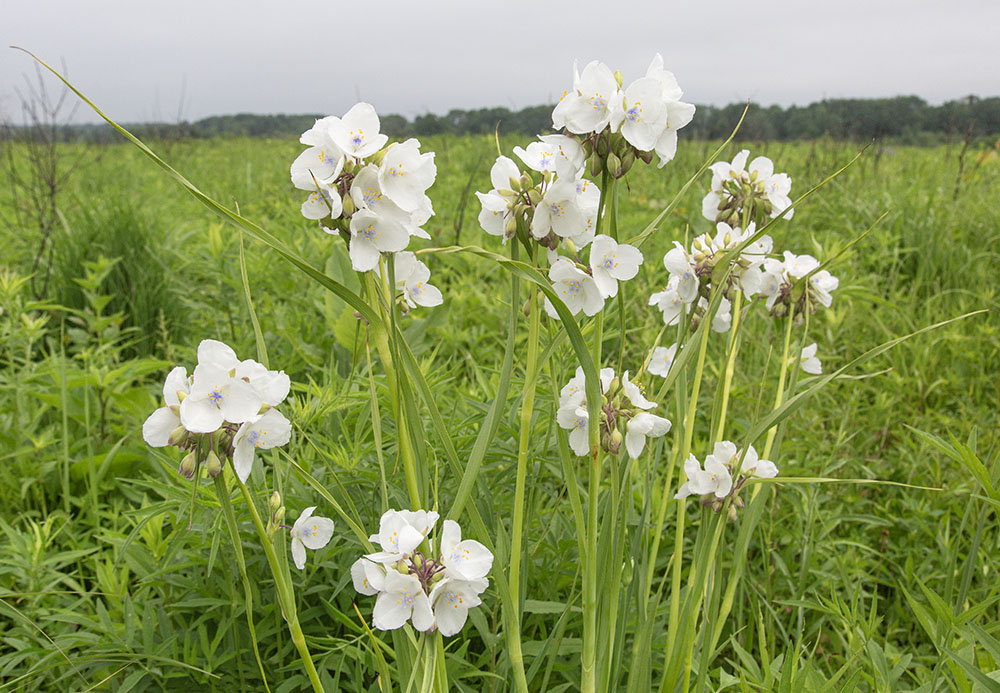
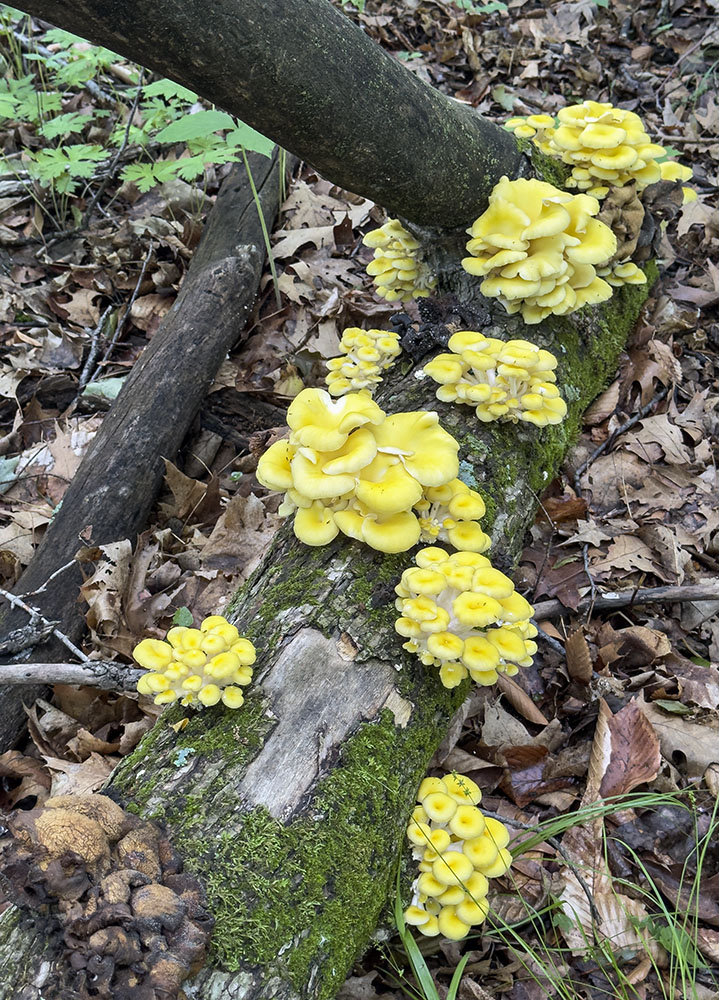
In late June I joined a team from the Milwaukee Metropolitan Sewerage District on a tour of two of their Greenseams properties. Greenseams is a flood management project that preserves open green spaces so that they will store rainwater during storms and drain that water naturally into the ground. This helps recharge aquifers as well as keeping stormwater out of creeks and rivers—and storm sewers!
The two properties, named for the donors, Hoerig and Ernst, are open to the public, I was told. However, there is no signage to help would-be visitors locate them. They certainly did provide an auspicious start to a summer of flora & fungi.
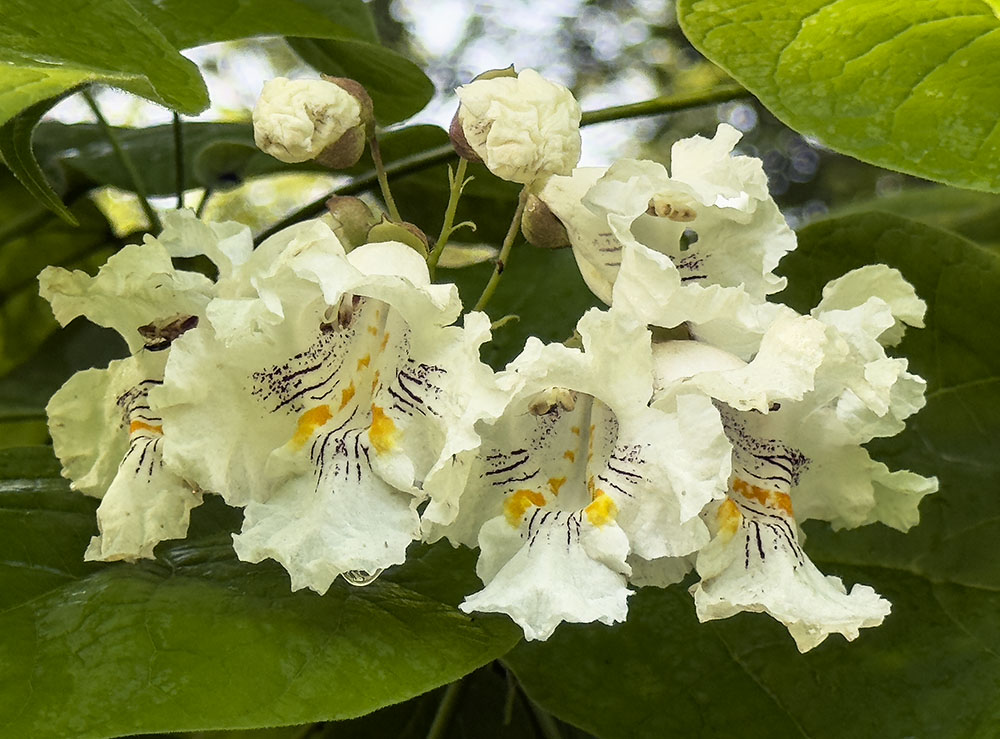
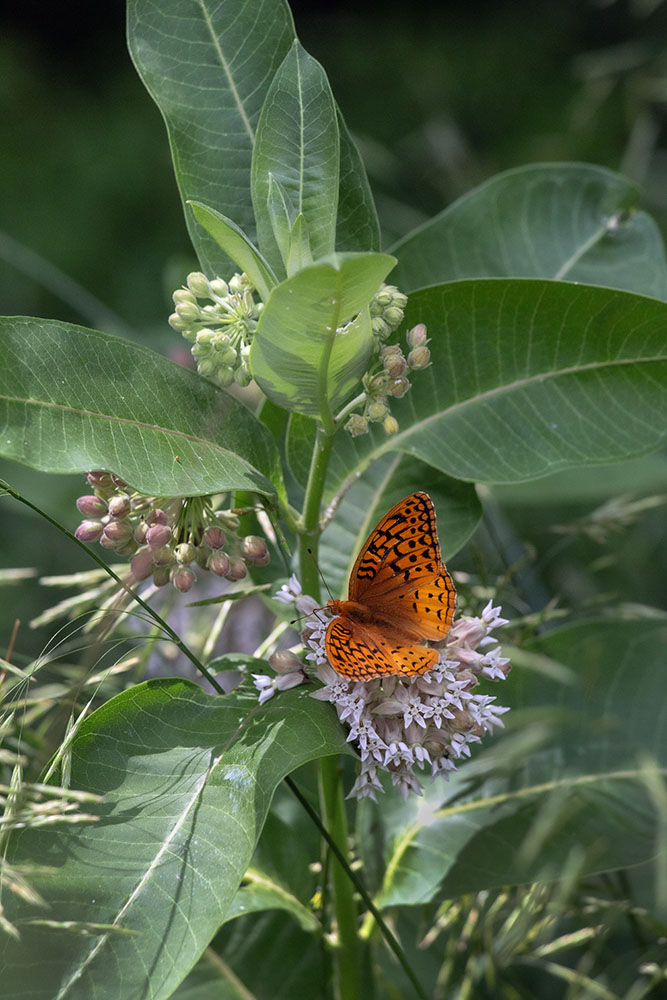
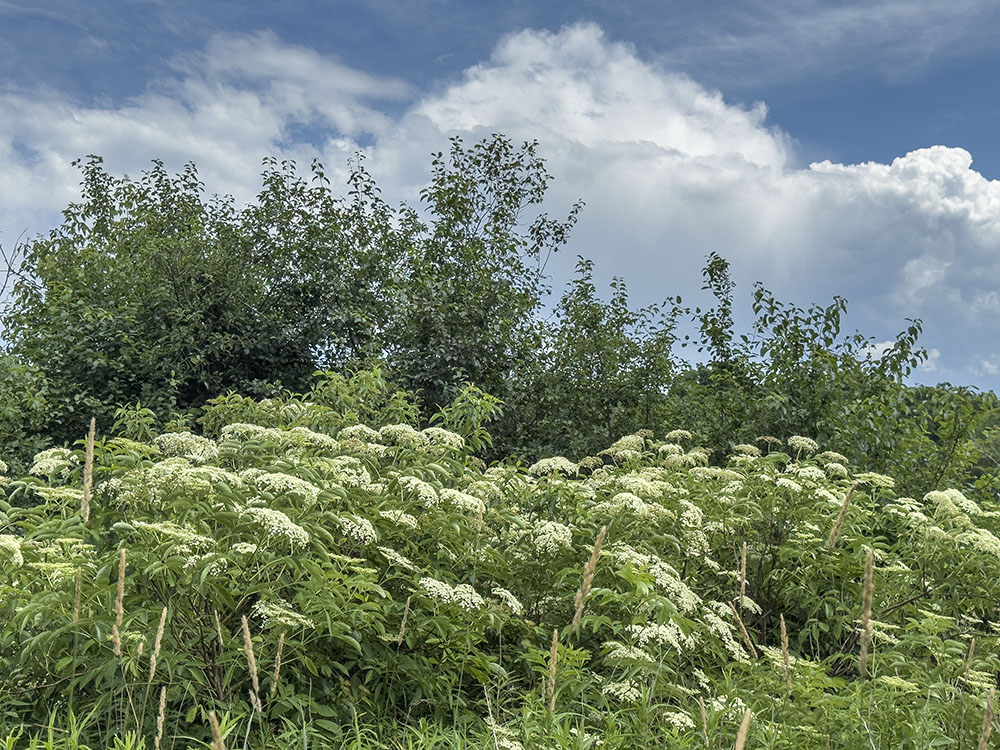
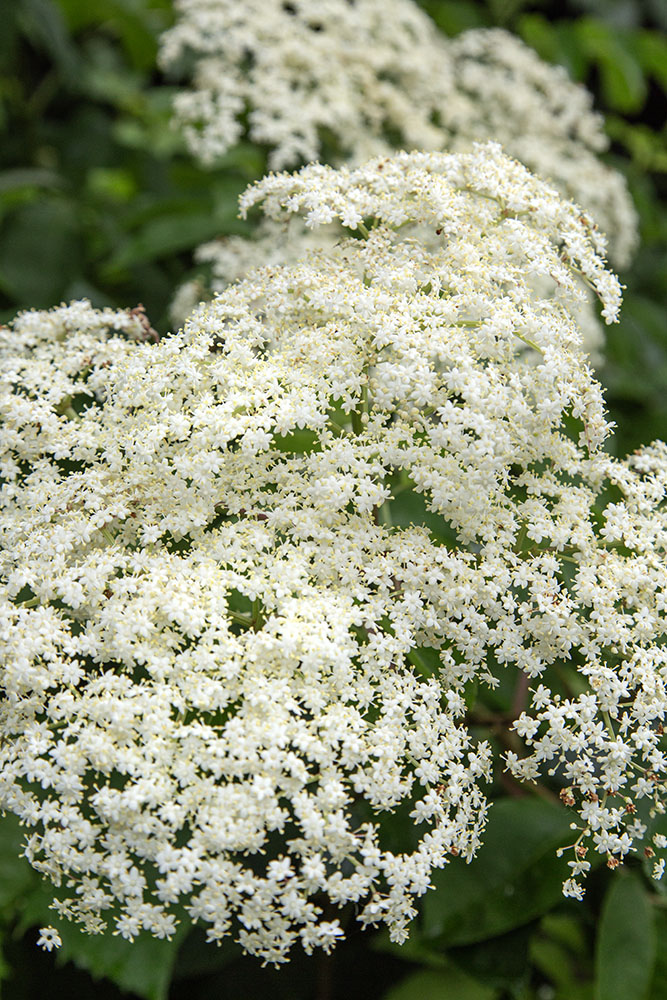
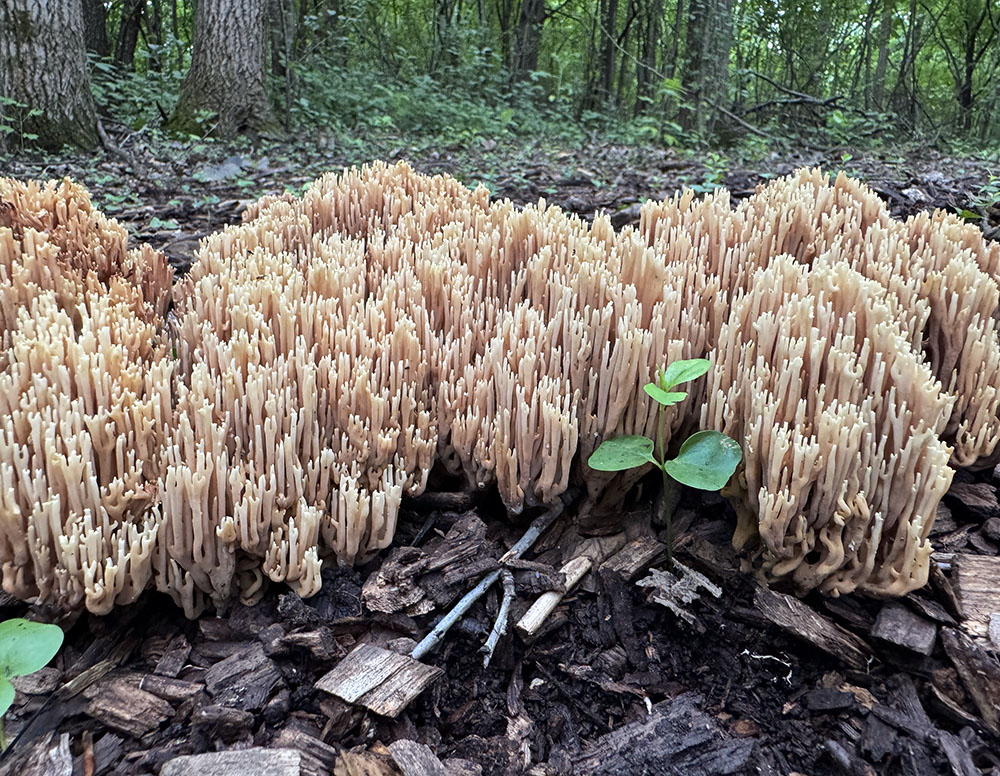
I’ve seen coral fungi before, but never in such prodigious quantities and so many different places. The largest patch came early in the season at Penbrook Park Conservancy, Hartland. The corals there were only one of several species of fungi I found along the spur of the Ice Age Trail that runs through the park.
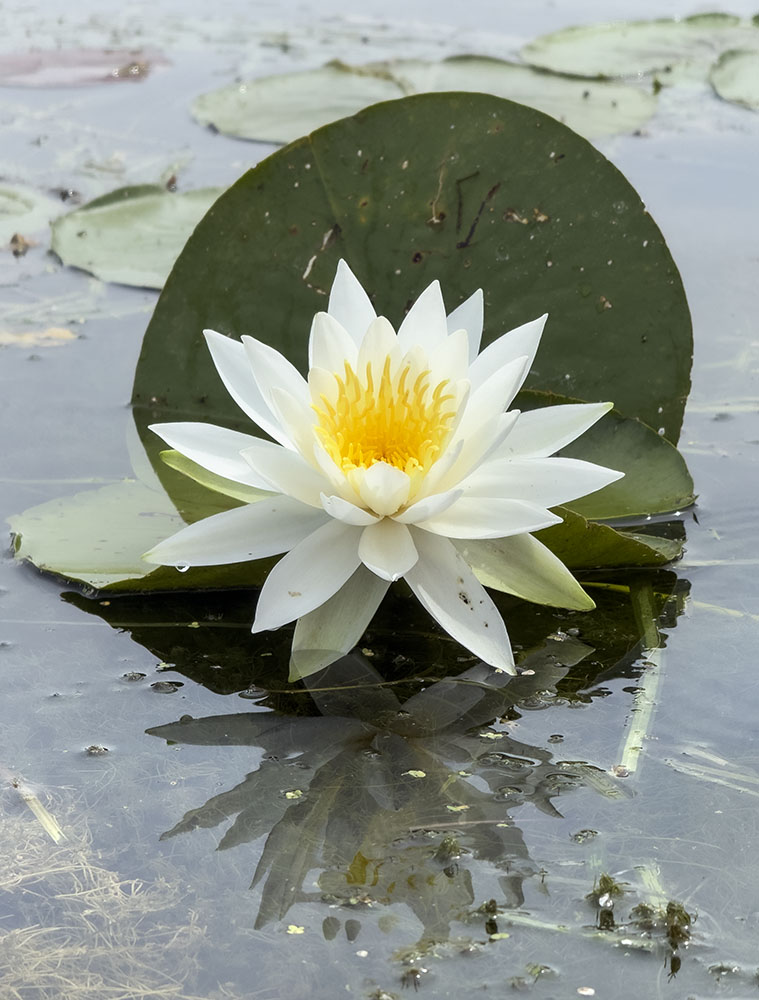
The very common water lily flower, uncommonly ensconced by an upright lily pad, came at the end of a long paddle from one end of Nagawicka Lake to the other. I was on a tour sponsored by the Waukesha County Land Conservancy called “Paddle to the Preserves.” The final preserve, which sits along the shore of a bay at the north end of the lake, is called Nagawicka Lake Kettle Bog Preserve. There is a trail into the preserve, I was told, but when I went to look for it, the location eluded me. I had to settle for a few photos of the shoreline from my kayak, along with the lily that practically begged to be photographed!
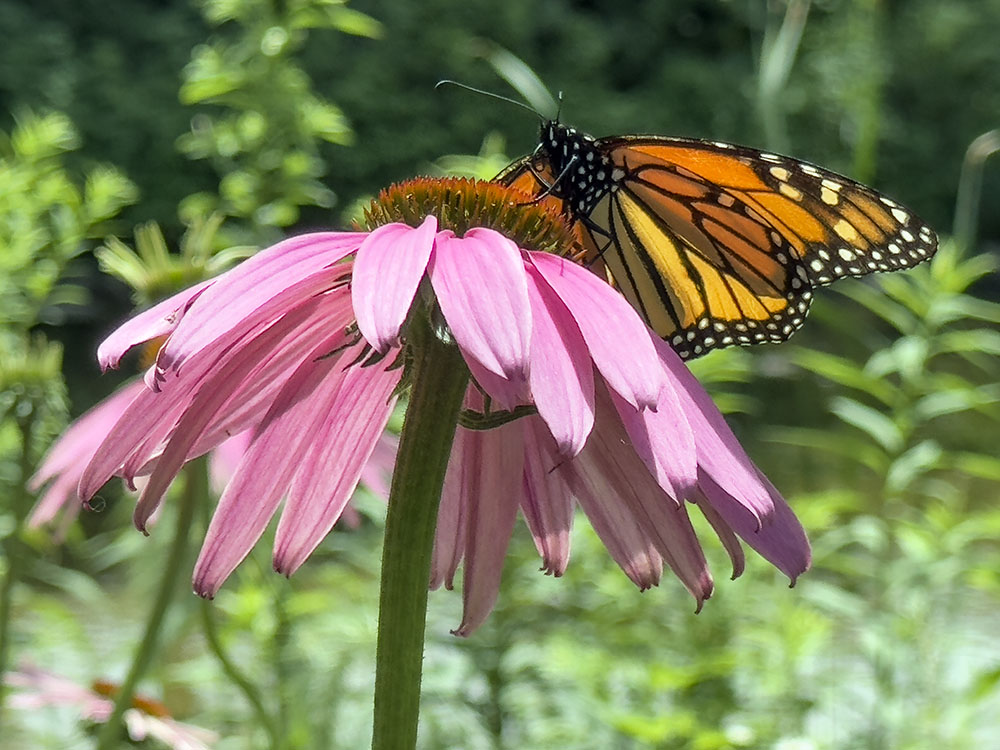
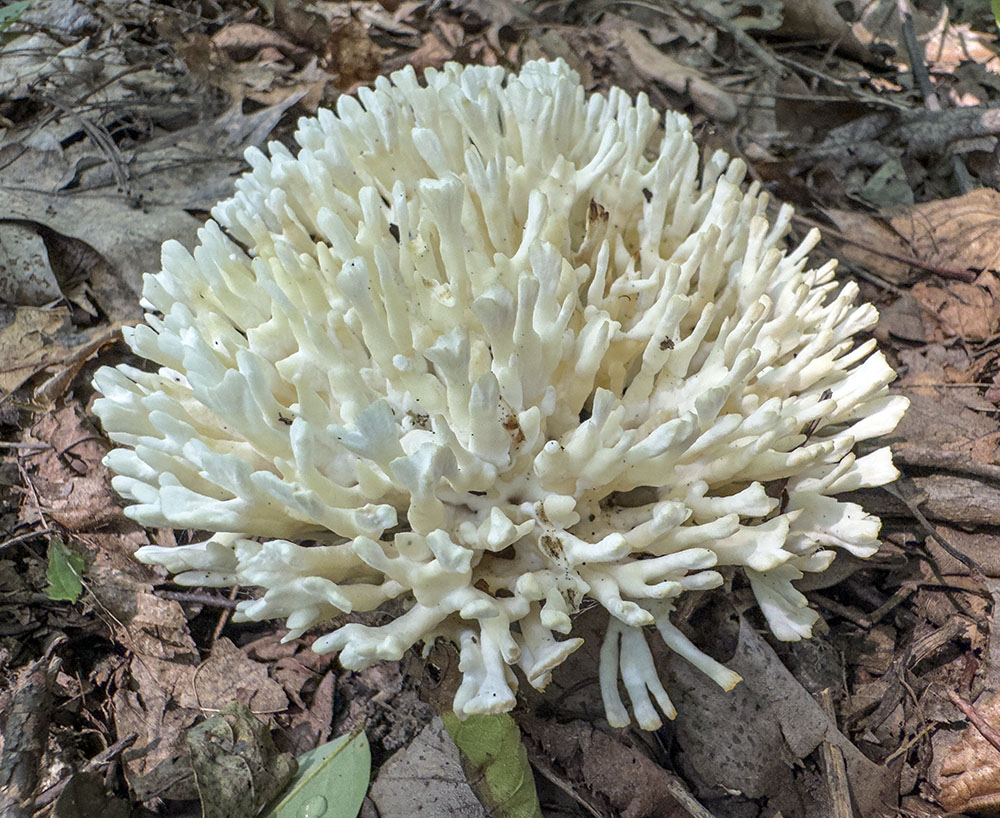
“All fungi are edible. Some fungi are only edible once.” ~ Terry Pratchett
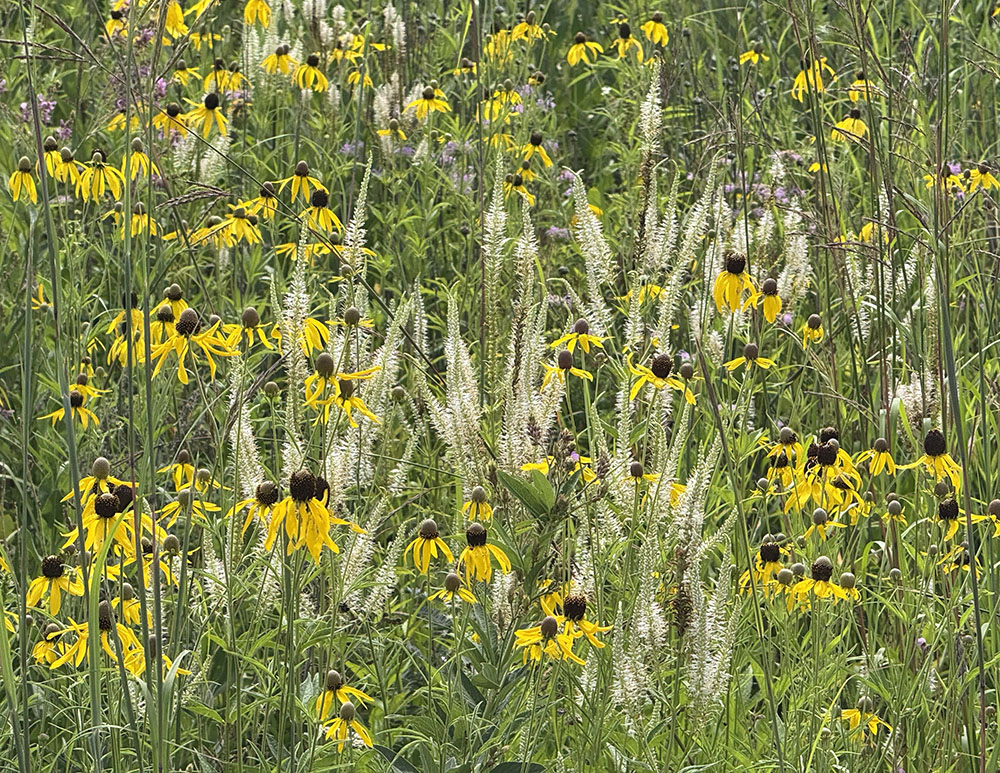
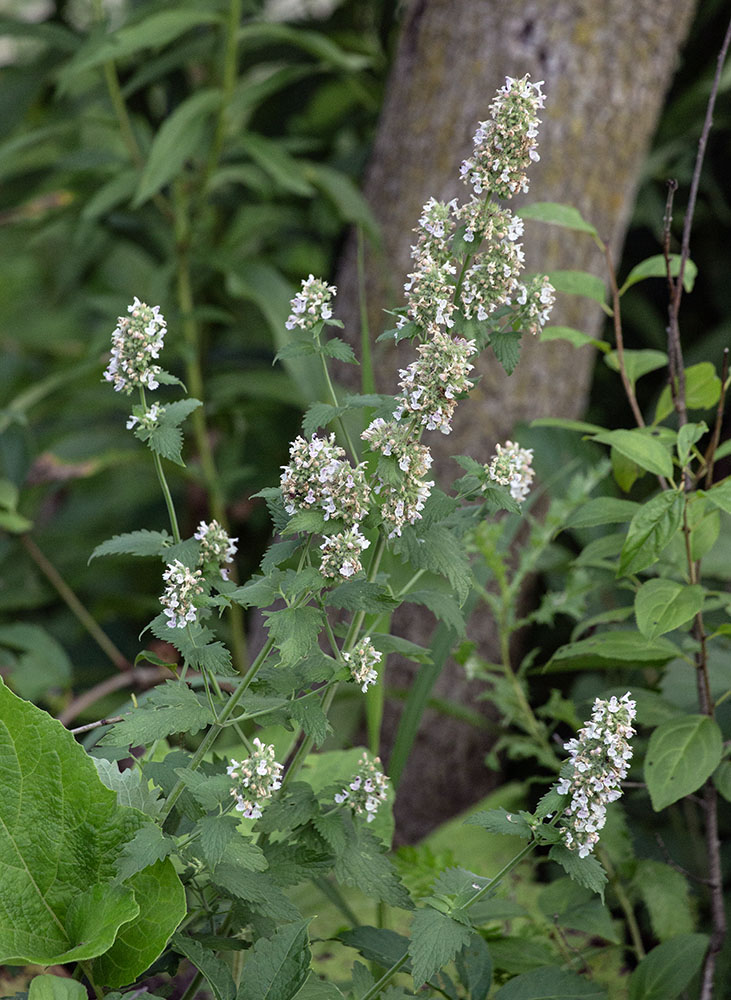
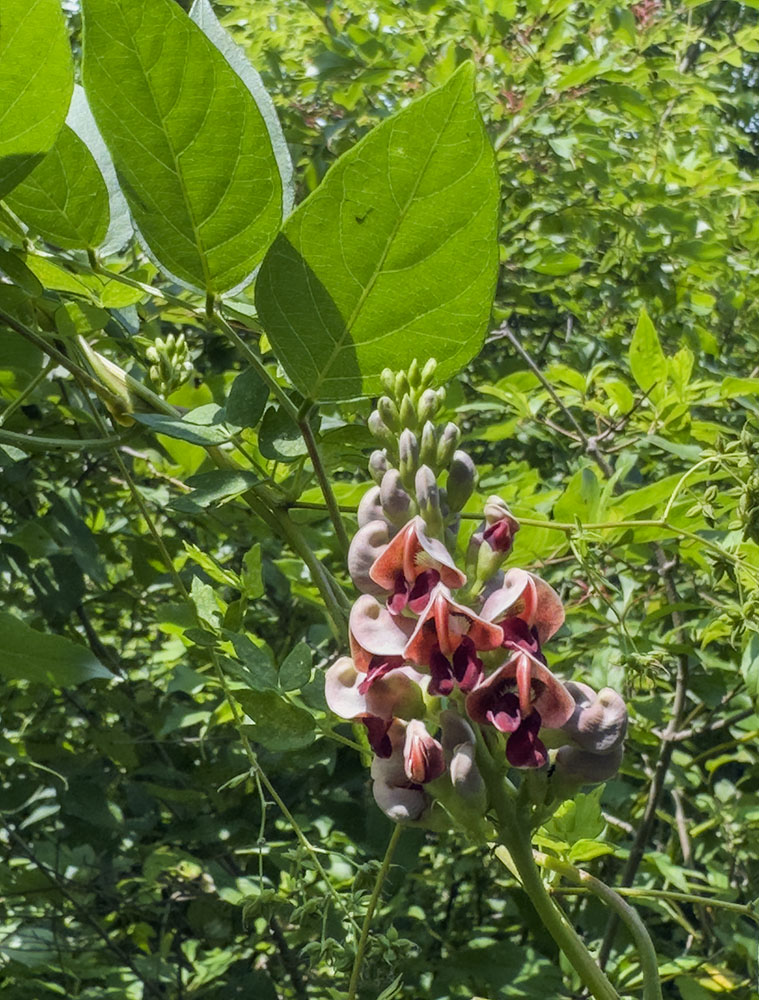
The American groundnut flower was new to me. So was Metz Preserve. I was given a tour of the property recently acquired by Tall Pines Conservancy. It straddles the Oconomowoc River. Although the preserve is not yet open to the public, it does fill a strategic gap between two disconnected sections of the Loew Lake Unit of the Kettle Moraine State Forest. Tall Pines hopes that the Loew Lake Segment of the Ice Age Trail can be rerouted someday to pass through Metz on its way between the two sections of the park, thus avoiding the current road connection.
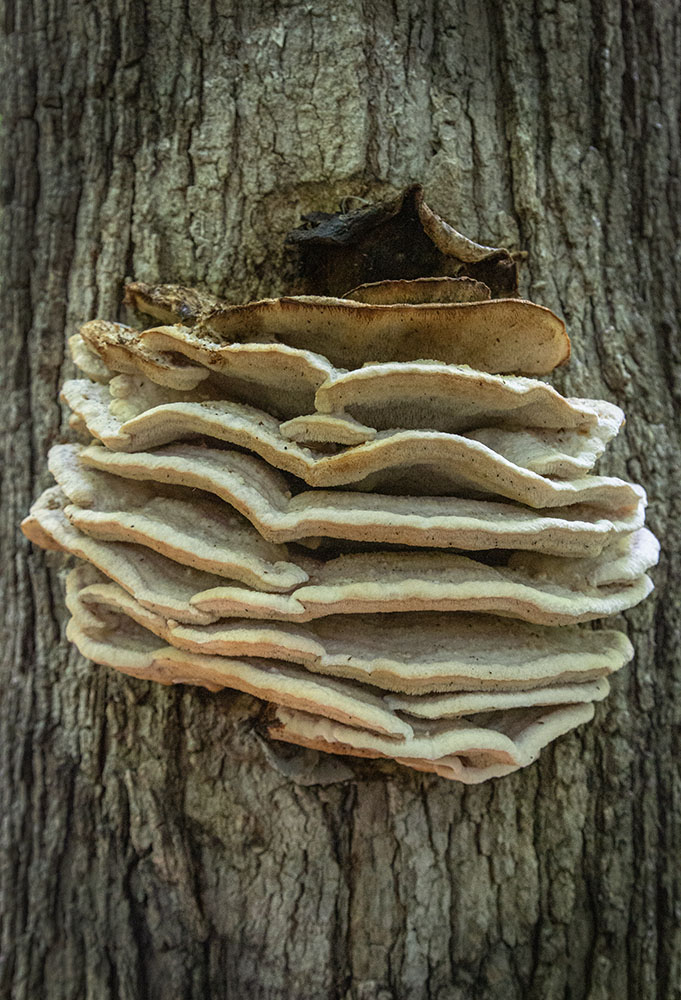
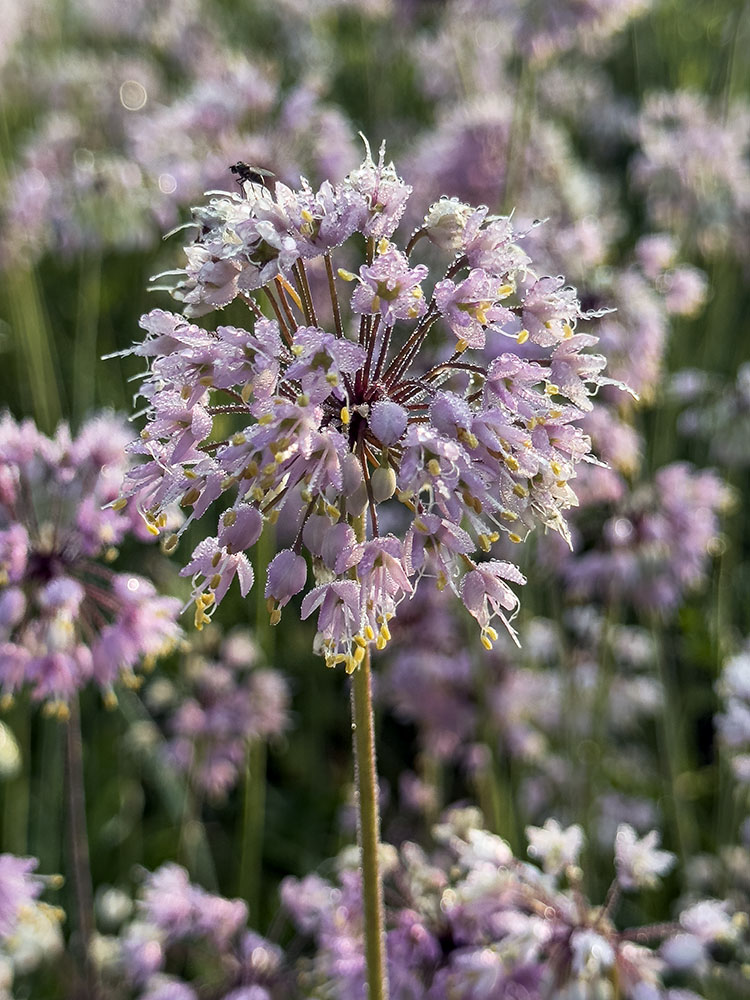
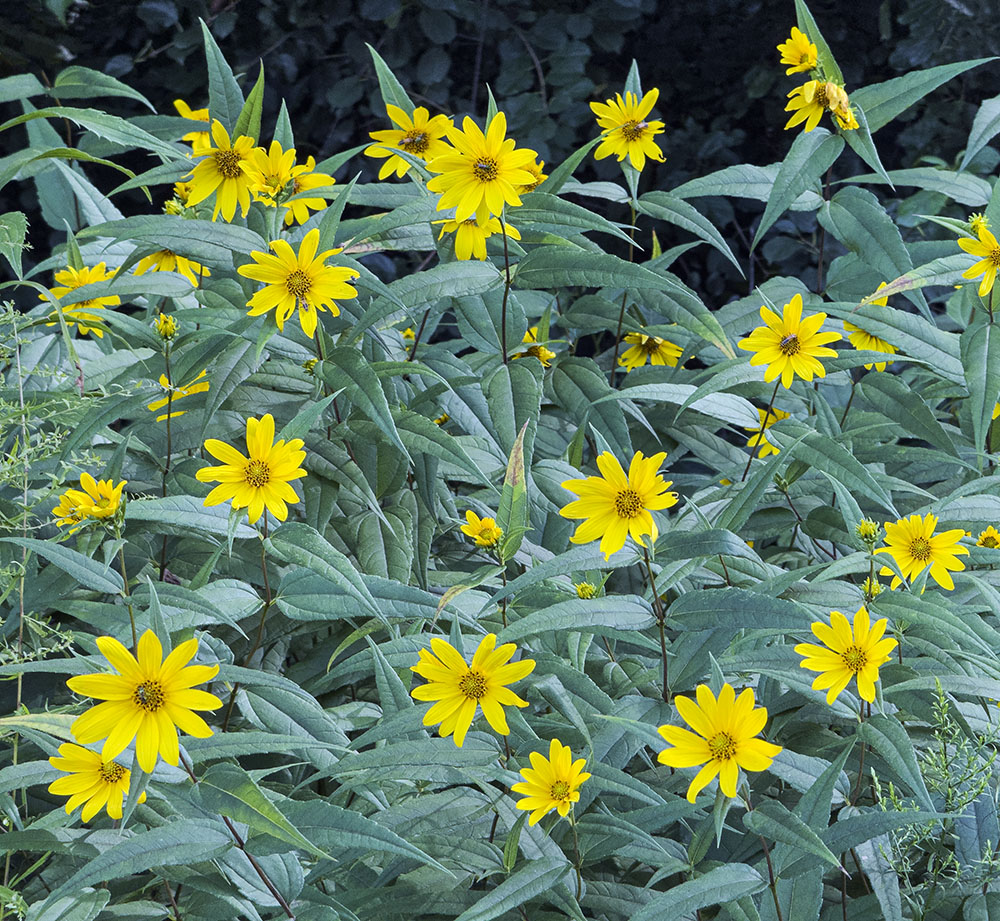
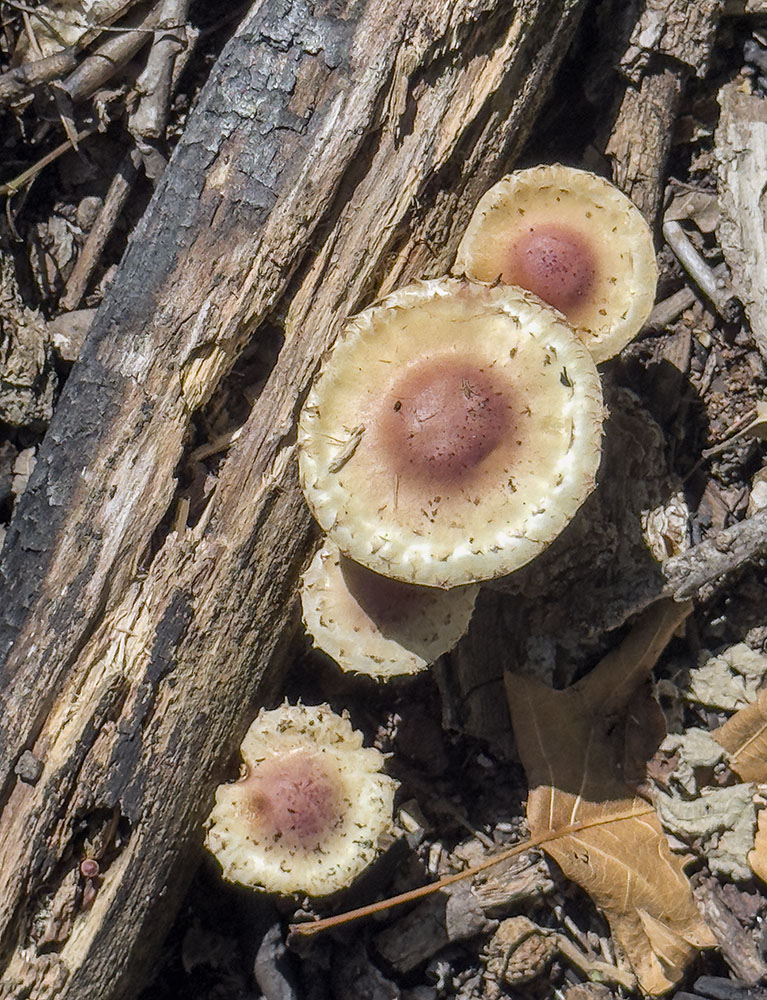
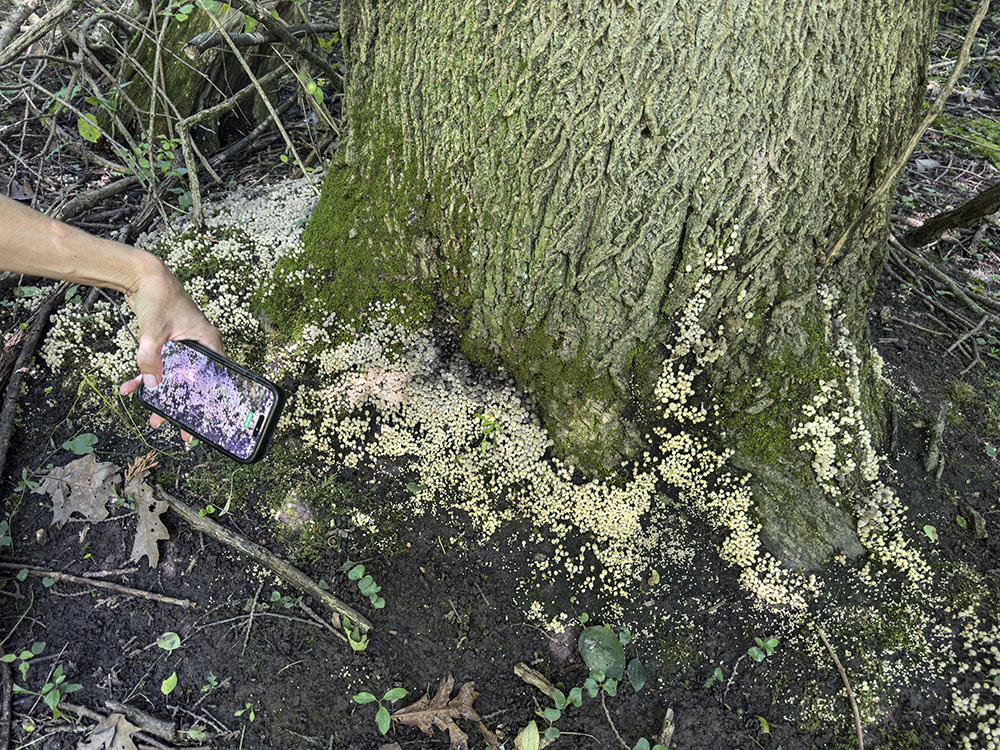
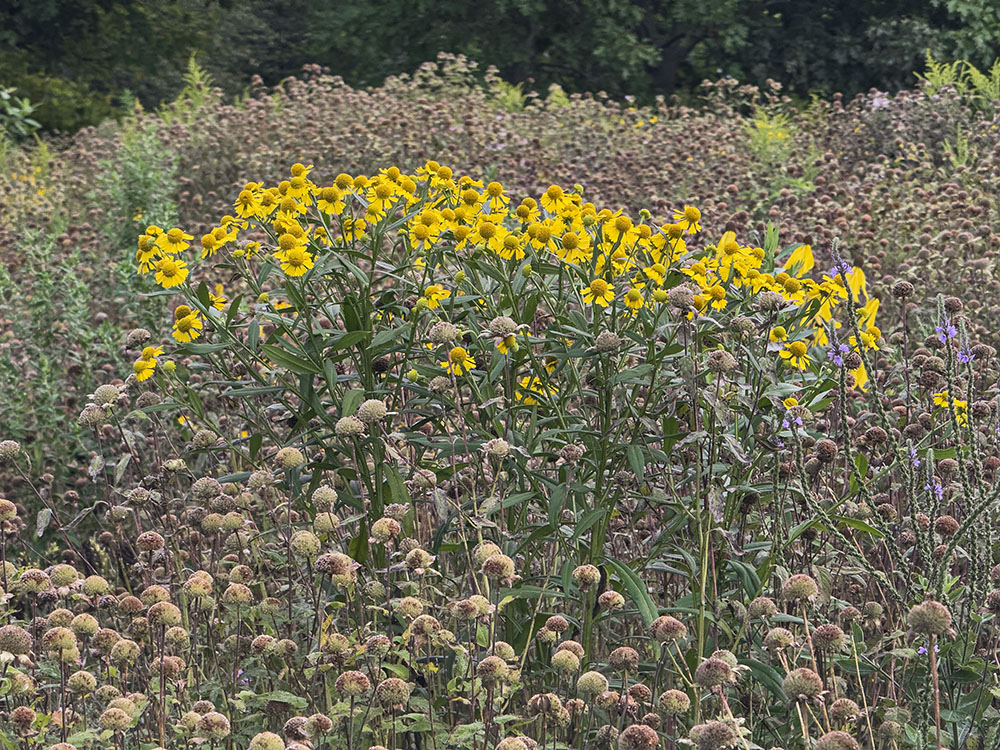
The prizewinner for wildflowers, among all the places I chanced to visit this summer, was Ottawa Lake State Recreation Area–which is a section of the vast Southern Unit of the Kettle Moraine State Forest. This is largely because large areas of what once were mowed lawns have been successfully restored to native wildflowers. It is a win-win: for the park staff that don’t have to mow and for the pollinators and other wildlife that are attracted to prairie habitats. Along with another win for the visitors who get to see large expanses of prairie in bloom. To see more of my photos from Ottawa Lake go to our Find-a-Park page.
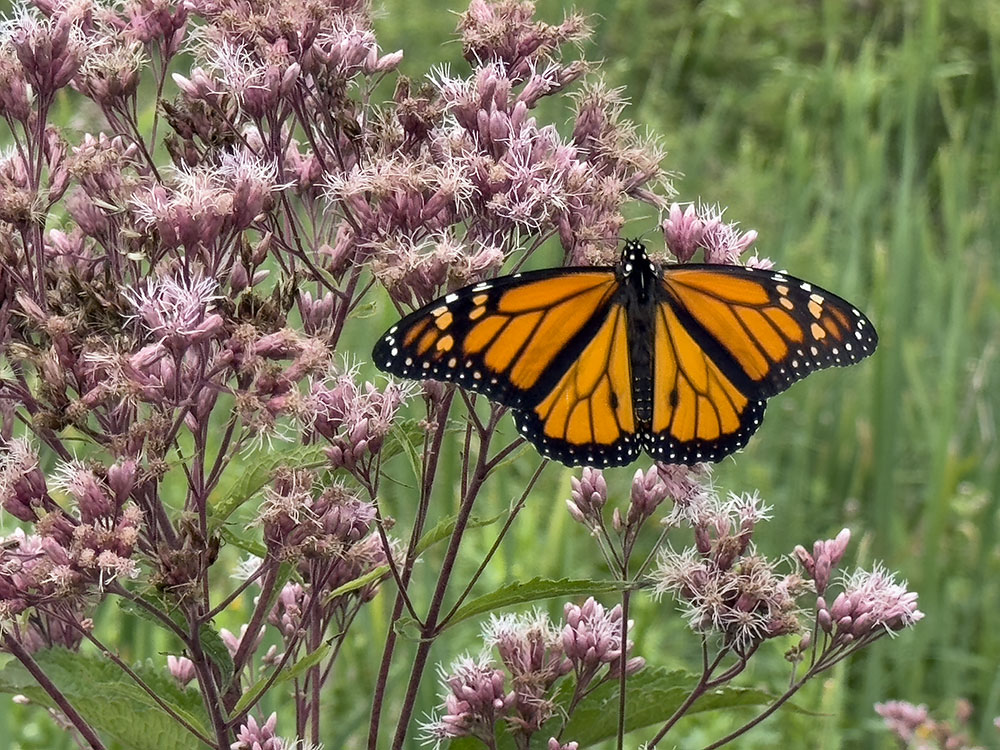
Although Wetland Woods Farm is not open to the general public, it hosts special events, which is why I was there. It is a working farm, but also a wildlife preserve with an extensive trail network, which I was able to explore as part of a Tall Pines Conservancy event there. The obliging monarch was just one of numerous butterflies, dragonflies and other creatures I spotted amongst the wildflowers.
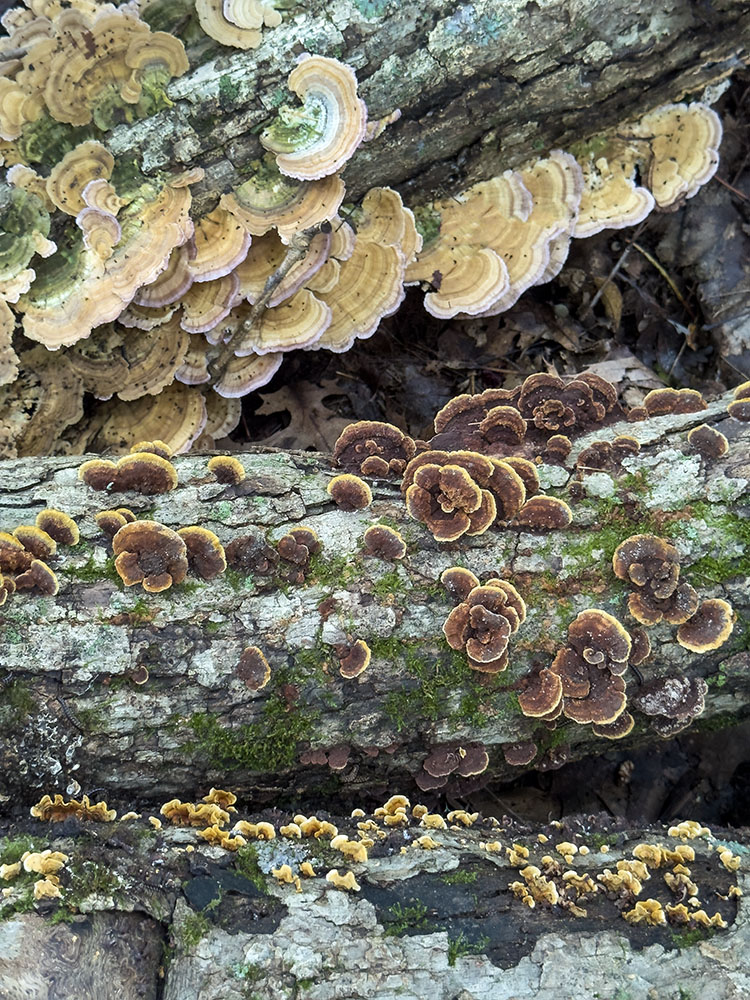
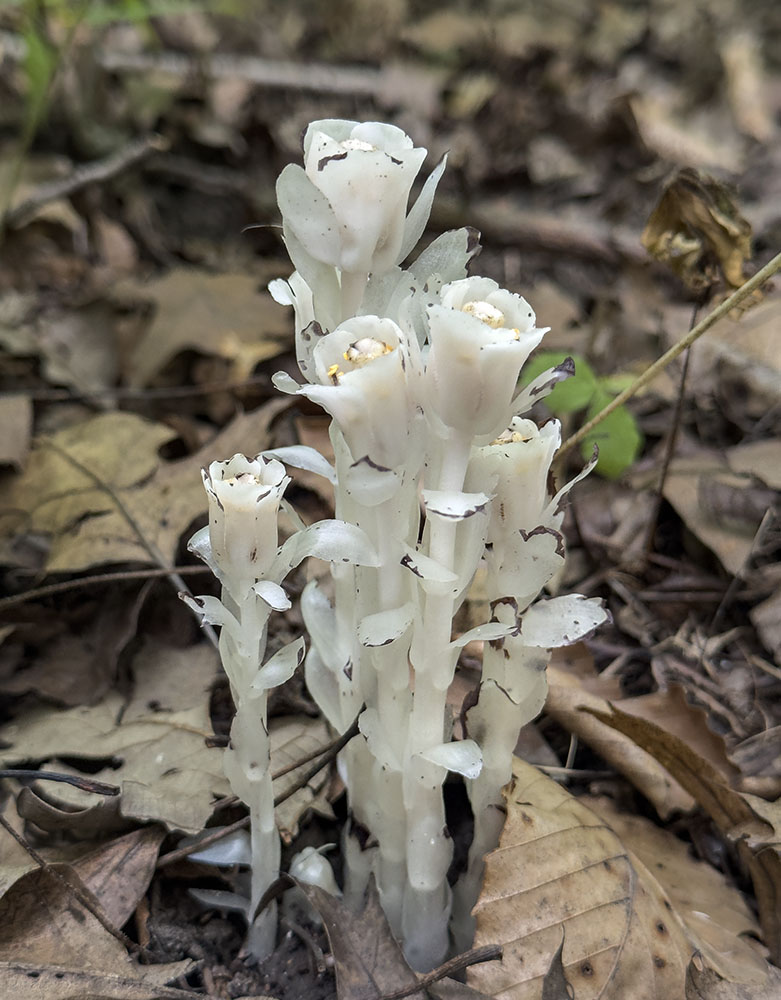
No, this one is not a fungus. It is a flowering plant called Indian pipe or ghost pipe. Unlike most plants, it is not green because it lacks chlorophyll. It gets its nutrients not from sunshine, but as a parasite of mycorrhizal fungi in forest soil–which themselves get nutrients from tree roots.
“Flowers always make people better, happier, and more helpful;
they are sunshine, food and medicine for the soul.” ~ Luther Burbank
Related stories:
Deep Summer and Dandelion Wine!
20 of the Best Beaches in SE Wisconsin
Summer scenes from our wealth of nature!
Badertscher Preserve in midsummer
Summer Bouquet: A panoramic view
The Lakefront: Welcome to summer!
Eddee Daniel is a board member of Preserve Our Parks.
About Preserve Our Parks
Preserve Our Parks, Inc. is an independent nonprofit organization dedicated to the preservation of parks and green spaces. Our mission: To advocate for and promote Milwaukee area parks and open spaces and to strive to protect the tenets of Wisconsin’s Public Trust Doctrine.
For more than 25 years, we have been a leader in advocating for the protection of Milwaukee County park lands, halting many proposals to develop, privatize, or sell local parkland and lakefront spaces. More information about POP, including past accomplishments, is available at www.preserveourparks.org.
2 thoughts on "A Summer Bouquet!"
Comments are closed.


Fabulous array! Thanks Eddee
A splendid bouquet of wild flowers Eddee!